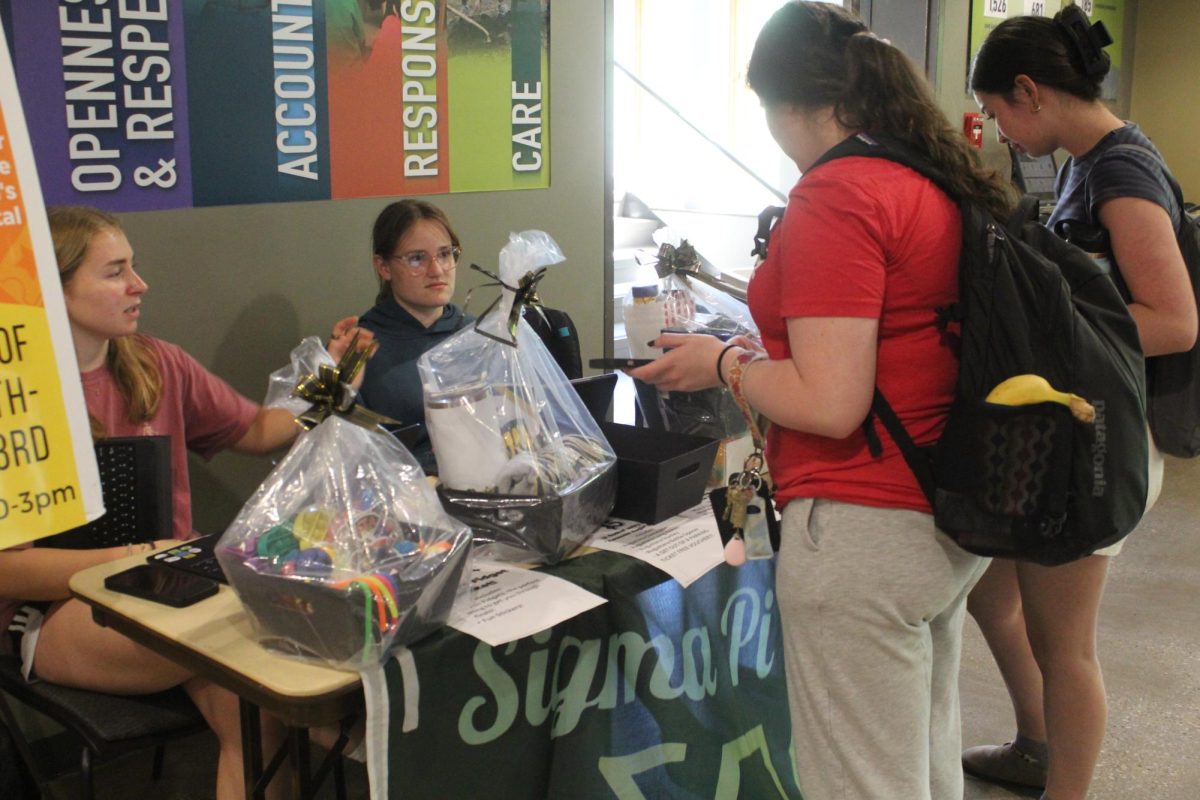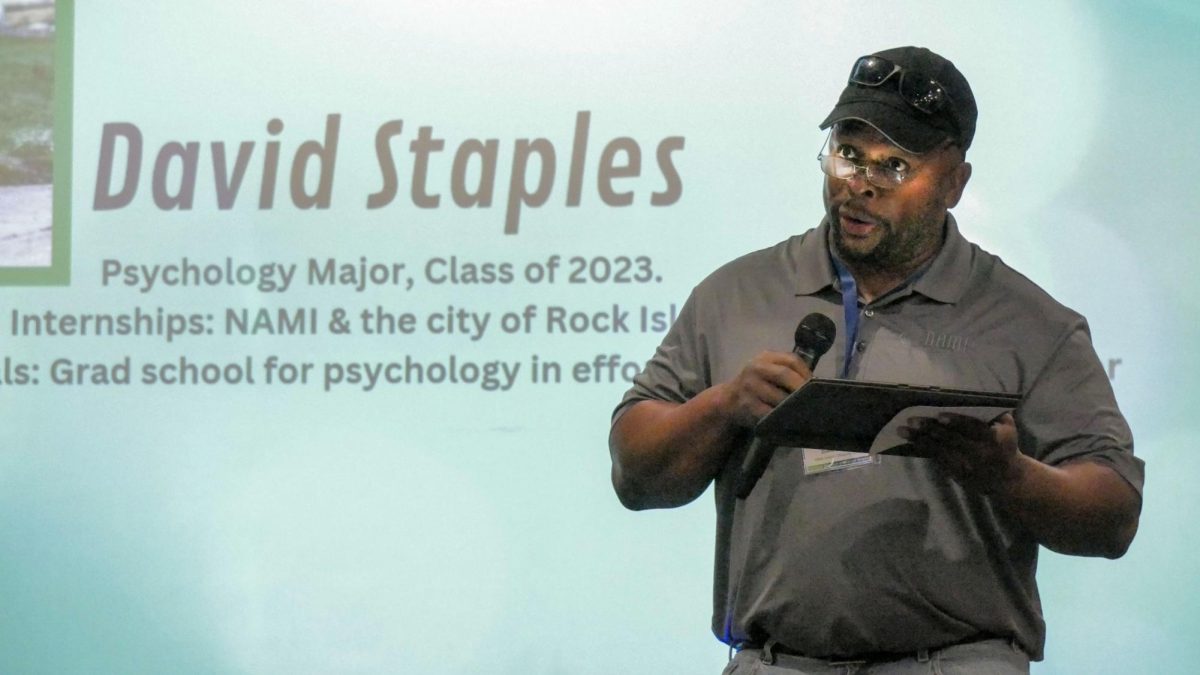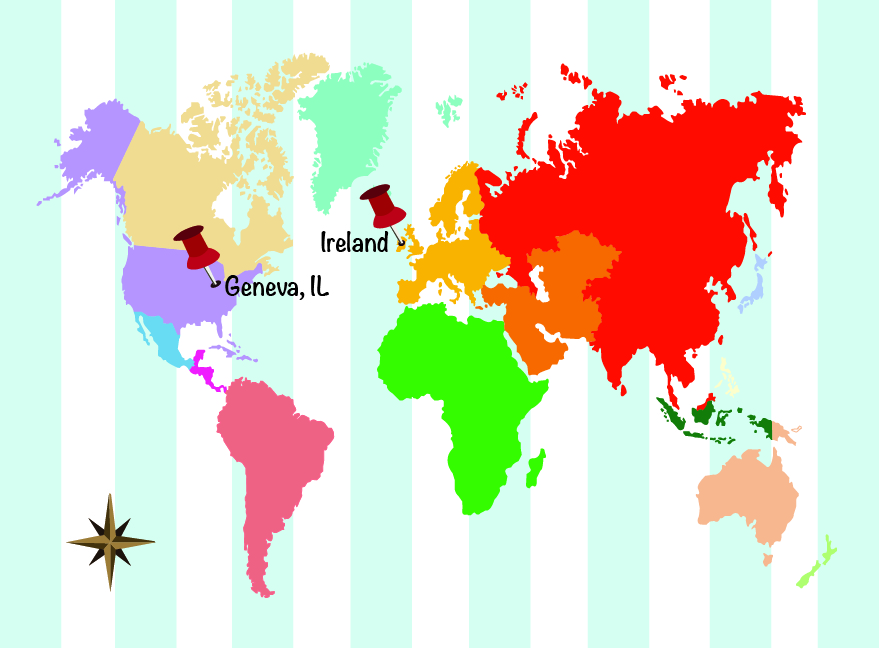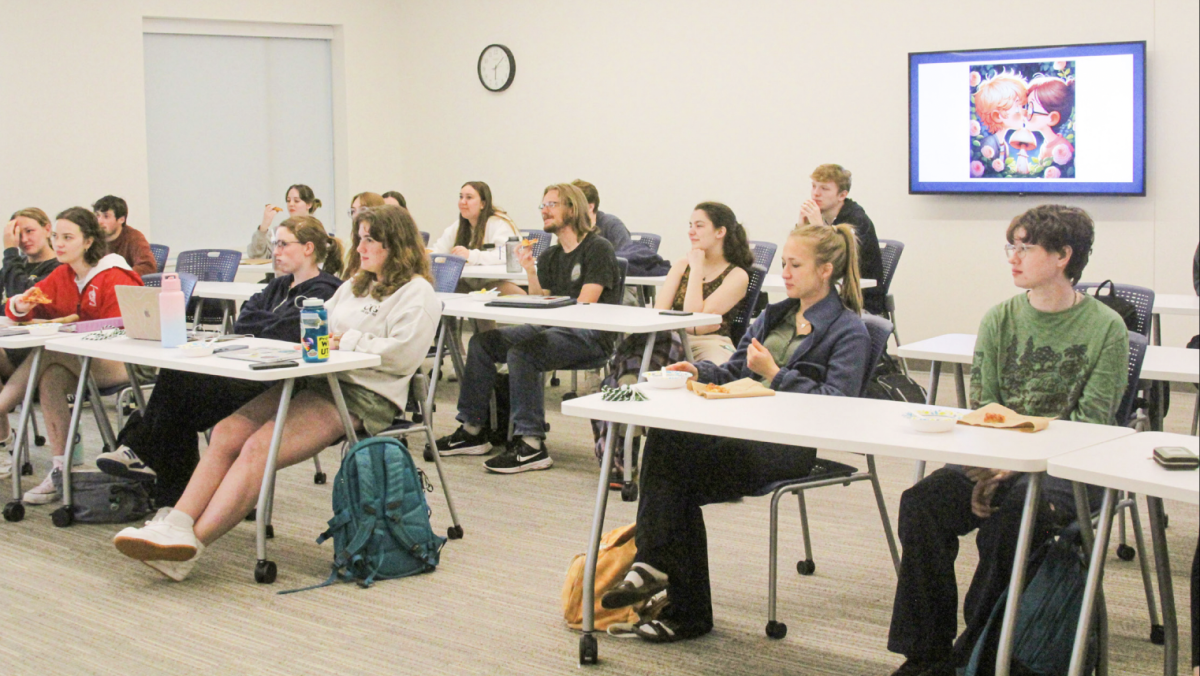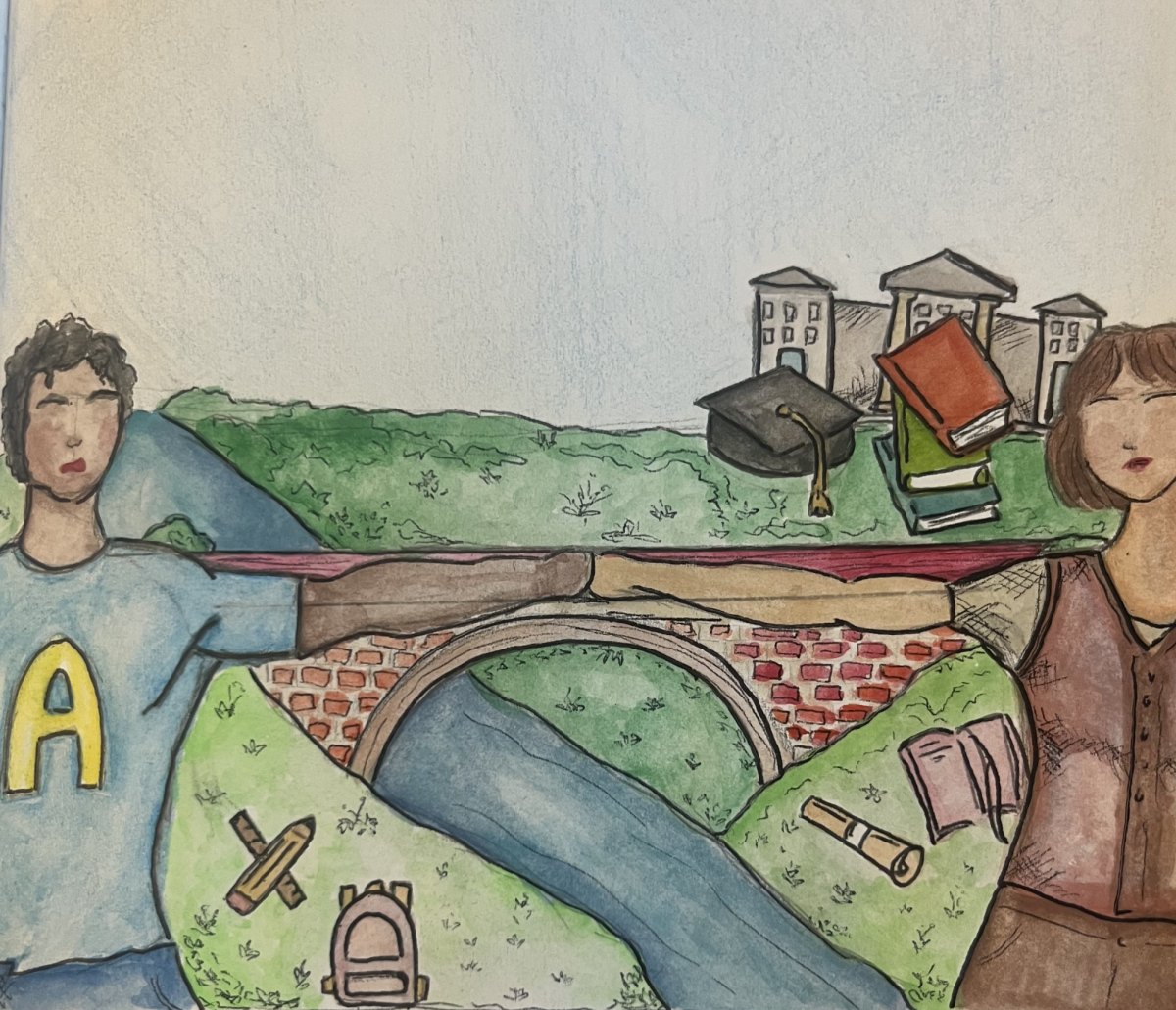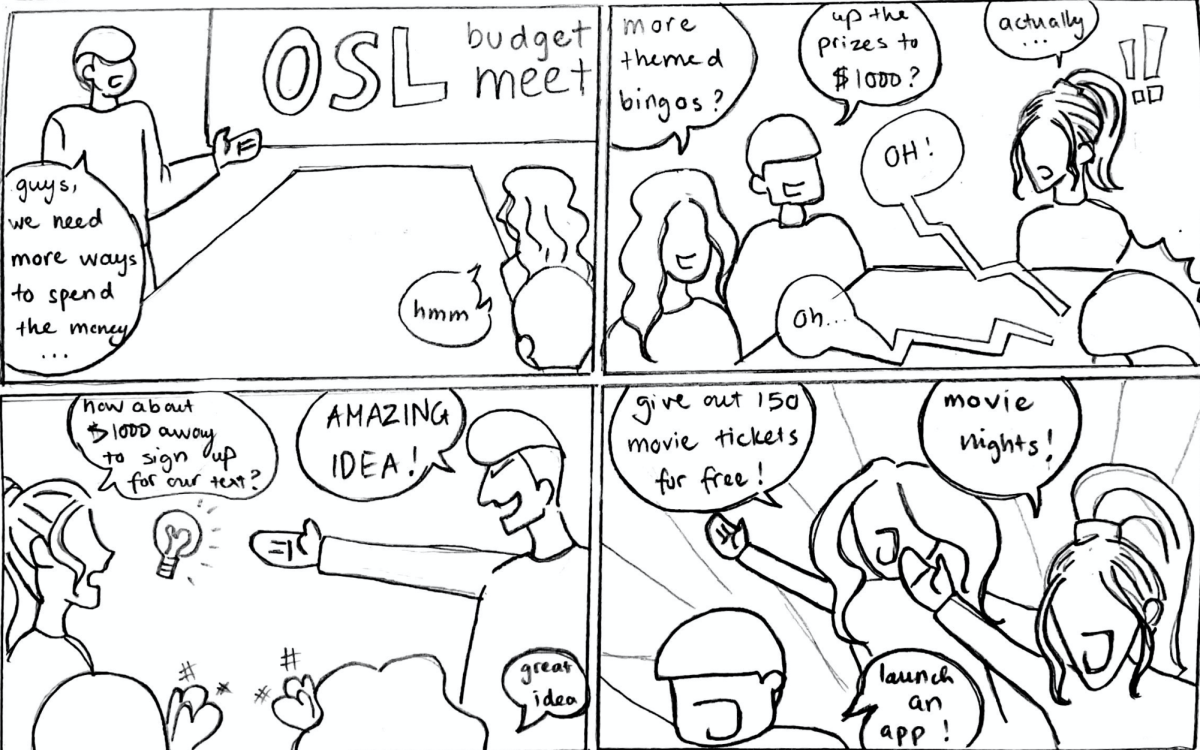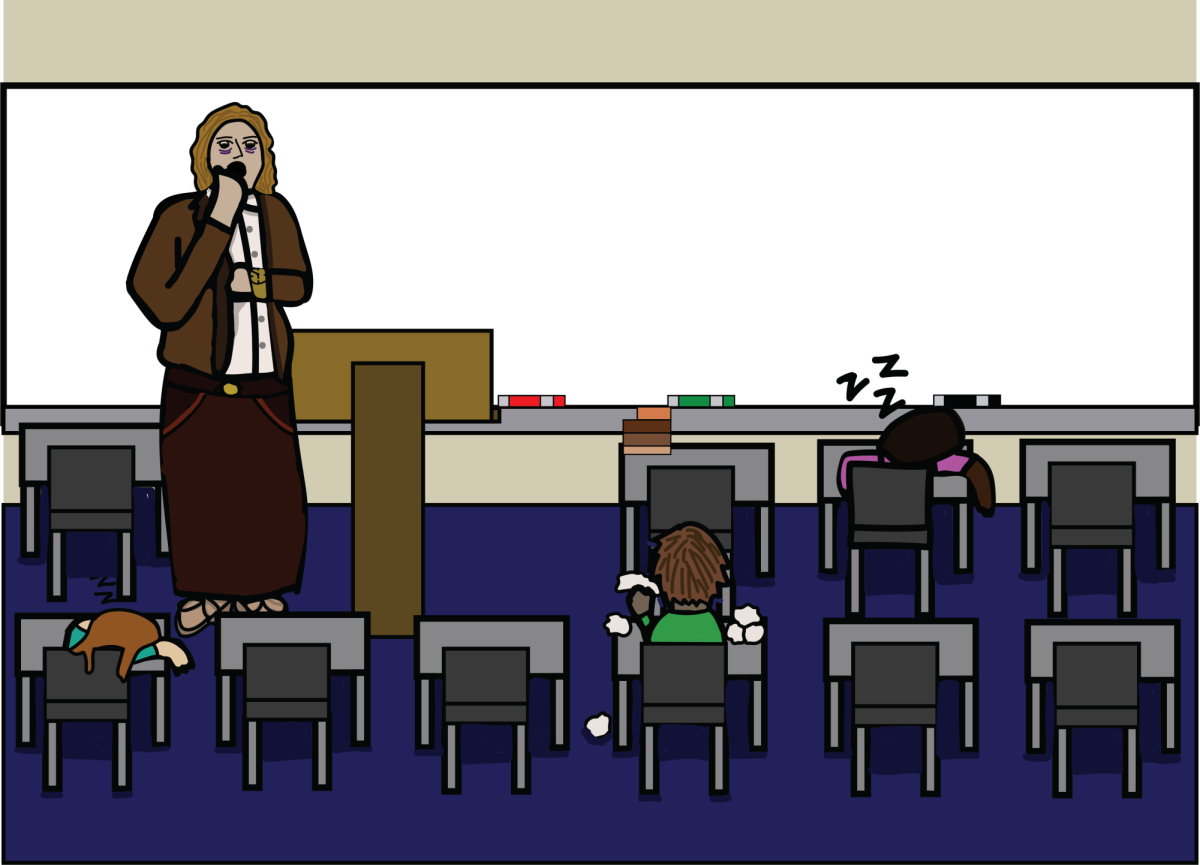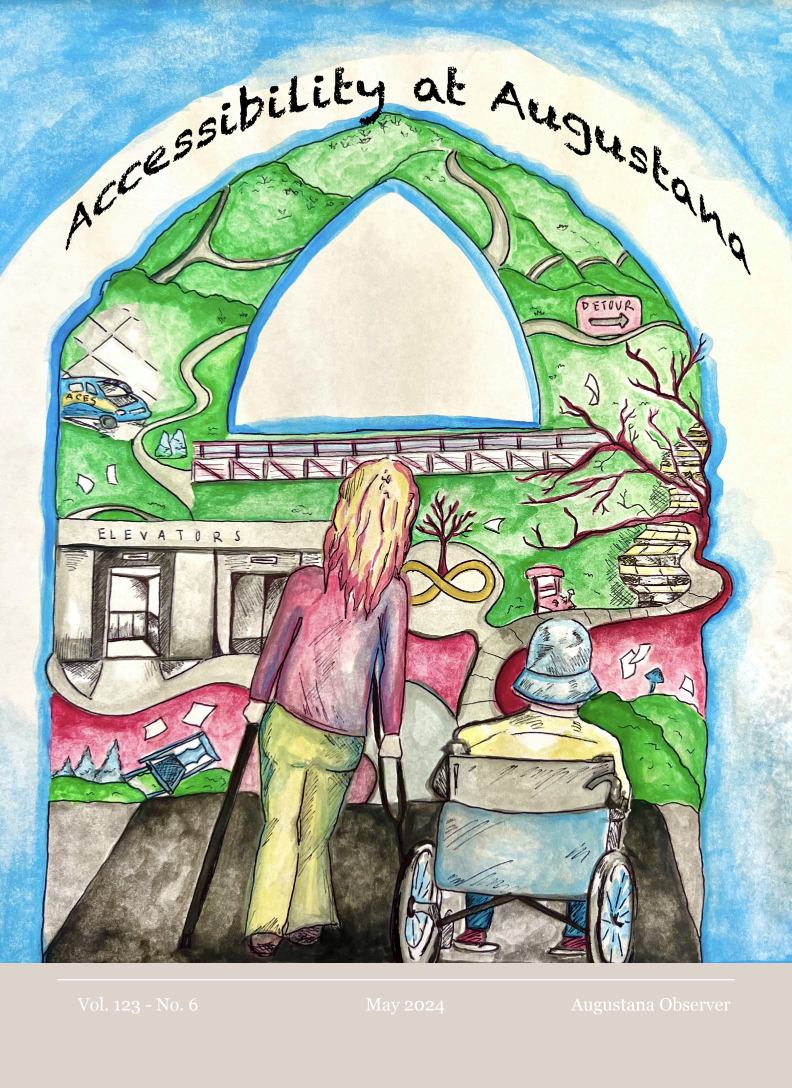While efficiently alerting students to the existence of substandard housing, Shantytown’s marketing and premise make light of the many issues associated with homelessness and the global housing crisis.
The difference between Shantytown and the reality of the global housing crisis, however, lies in Augie students’ ability to return to their warm room at the end of the night, where they’ll find adequate food, clothing and clean water. They have reliable access to restrooms. They are not forced to sleep in harsh conditions where they would be lucky to sleep through the night.
Shantytown’s premise as shown in their e-mails is simple: pay a $30 cover fee, construct a cardboard “shanty” in a little less than twelve hours and either hang out in it with your friends or go home. It’s fun, it’s certainly unique and it plays to every college student’s secret desire to build a little fort and fabricate some false sense of safety and comfort amongst midterms and rapidly approaching deadlines.
Unlike what homeless people face, the ground where the students have pitched their shanties is already open to them. They won’t be ticketed for sleeping on public property or loitering outside of a business. In the state of Illinois alone, there are an estimated 10,643 people experiencing homelessness at any given time, according to the United States Inter-agency Council on Homelessness.
In that count, 684 were unaccompanied young adults aged 18-24. The rest included veterans and people experiencing “chronic homelessness,” having been homeless either consistently or on-and-off for a year while having a disabling condition such as a mental or physical illness.
The presentation of Shantytown as a fun activity misrepresented the issue it claimed to raise awareness for. Cardboard forts are not a substitution for what people experiencing inadequate housing conditions actually face in their day-to-day lives. And using one to emulate the experience without the added consequences of inadequate housing (nutritional deficits, compromised safety, improper hygienic conditions, etc.) is misleading.
Augustana students, of course, understand the difference between fort-building and homelessness. They are smart enough to realize their “shanty” is not the same as sleeping openly in an actual shantytown. To call the fundraiser “Shantytown” without acknowledging the extreme difference between the fundraiser and the actual problem doesn’t accurately represent the people the fundraiser aims to help.
Shantytown as an event isn’t isolated to Augustana’s Habitat for Humanity group. In Habitat for Humanity’s official guide for hosting this event, they encourage the use of the term “Shantytown” because “it best acknowledges those who live in such substandard housing throughout the world.”
Their website encourages hosts to make participants spend the night in their shanty while that remains optional at Augustana. It suggests that the event host speakers and a “time for reflection” during construction. Their activity suggestions are broadly focused on education, with games intended to be “fun but also informative.”
The Shantytown event hosted by Augustana is not exclusively harmful. However, its marketing and presentation as a fun event with food and friends does not play to the educational intentions of Habitat for Humanity.
Shantytown misses the mark
October 31, 2019





